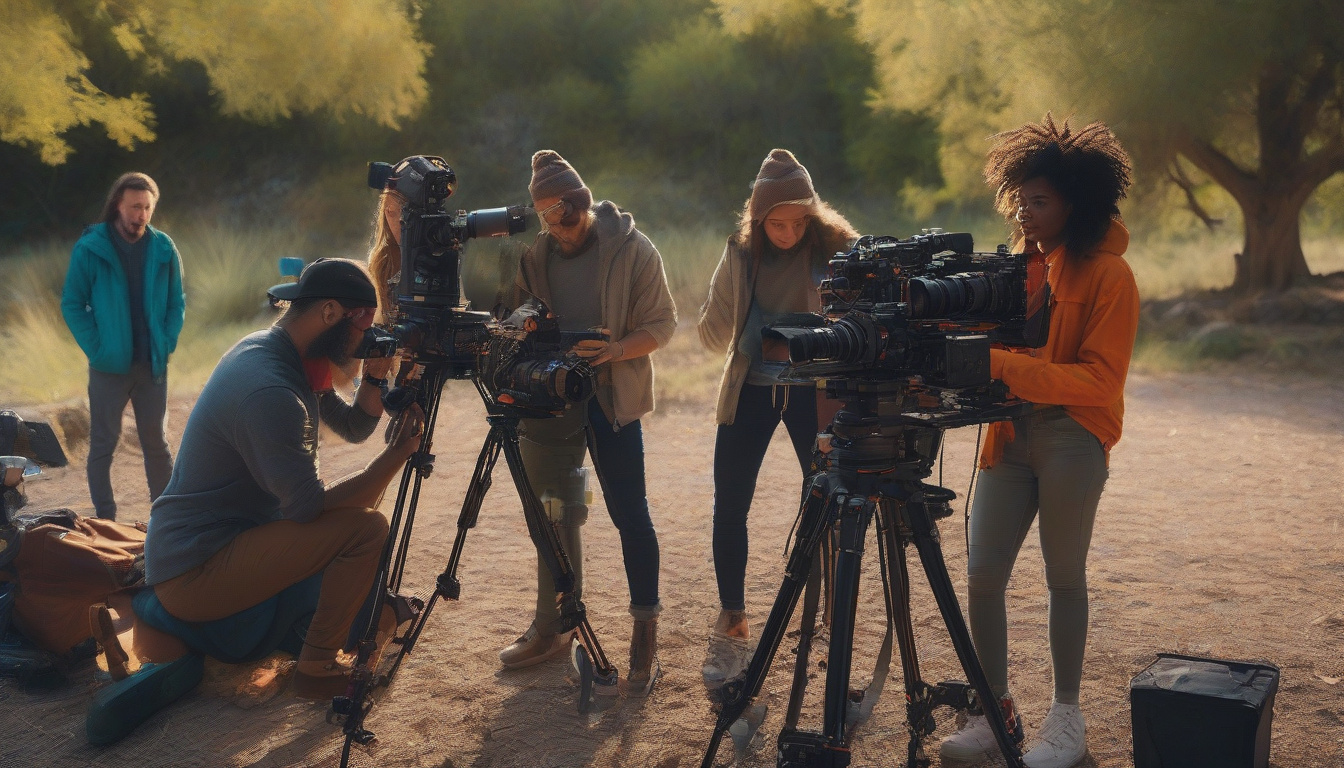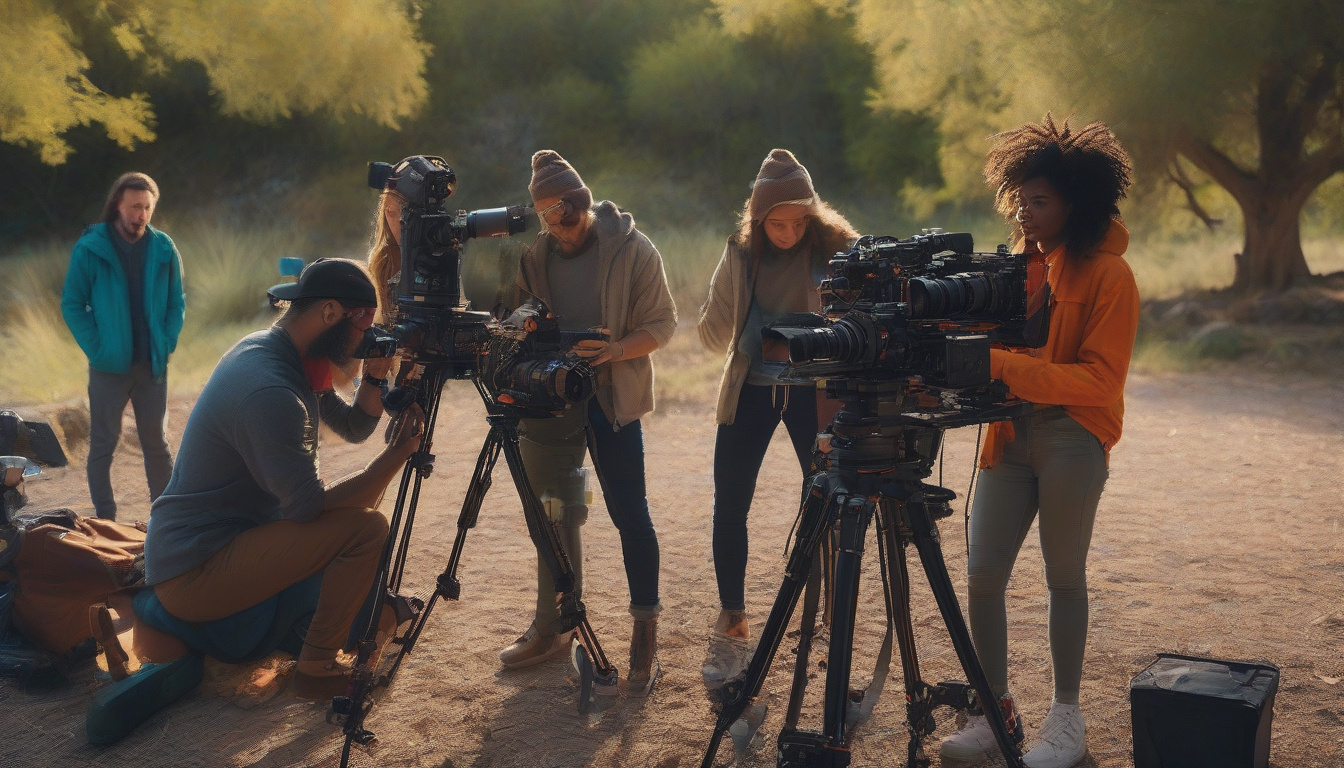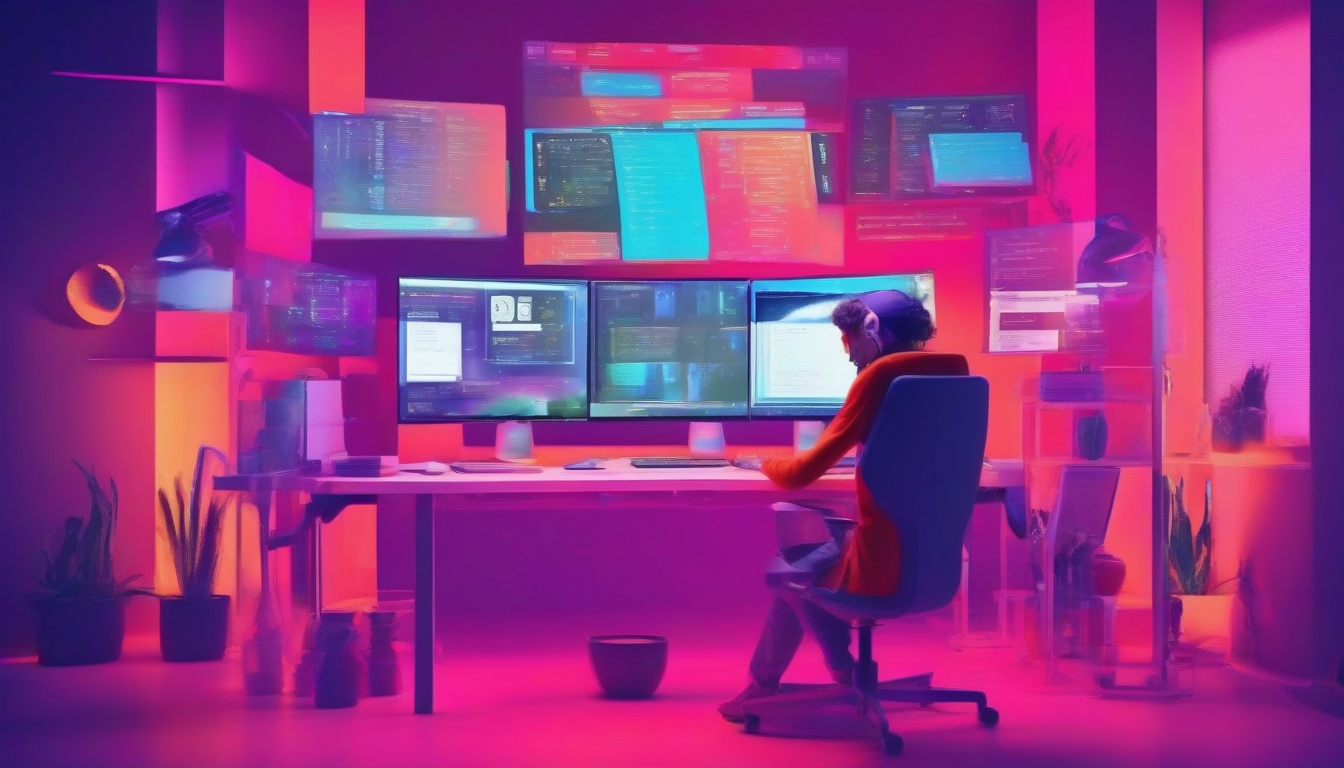
Cinematography is a crucial element in the filmmaking process, weaving together visual narrative and artistic expression to create unforgettable images that resonate with audiences.
Whether you are an aspiring filmmaker, a seasoned professional, or simply a film enthusiast, mastering cinematography techniques can significantly elevate your filmmaking skills.
In this article, we will dive deep into essential cinematography techniques, including lighting, camera angles, movement, and post-production tools, to help you craft visually stunning films that captivate viewers.
Get ready to transform your cinematic vision!
Get Professional Screenplay Coverage in Minutes, Not Weeks!
 Get Professional Screenplay Coverage in Minutes, Not Weeks!
Get Professional Screenplay Coverage in Minutes, Not Weeks!

Camera Angles and Composition Strategies
Cinematography techniques play a crucial role in storytelling, significantly affecting how audiences perceive a film’s narrative and emotional depth.
By mastering various camera angles and composition strategies, filmmakers can enhance the visual impact of their work.
For instance, a low-angle shot can create a sense of power and authority around a character, while a high-angle shot might evoke feelings of vulnerability or insignificance.
Composition, too, is key; employing the rule of thirds can guide a viewer’s eye, strategically placing elements within the frame to create balance and interest.
Additionally, the use of leading lines can draw attention to the subject, effectively directing the audience’s gaze where the filmmaker intends.
Understanding and utilizing these cinematography techniques not only enriches the visual storytelling experience but also cultivates a deeper emotional connection between the audience and the film’s characters.
Understanding Camera Movement and Stability
Understanding camera movement and stability is essential for aspiring filmmakers and those interested in effective cinematography techniques.
Camera movement not only adds a dynamic element to your storytelling but also enhances the emotional impact of your scenes.
Different movements—such as panning, tilting, tracking, or dolly shots—allow for various perspectives and can manipulate the audience’s focus.
However, achieving smooth camera movement is crucial; shaky footage can distract viewers and detract from the overall quality of the film.
Utilizing tools such as gimbals, steadicams, and sliders can help maintain stability, ensuring that your cinematography techniques elevate rather than hinder your visual narrative.
By mastering camera movement and stability, you can significantly enhance the aesthetic quality of your work, making it not only visually appealing but also profoundly engaging.

Post-Production Techniques for Enhancing Cinematography
In the world of film and video production, post-production plays a crucial role in enhancing cinematography techniques, which are vital to conveying the desired mood and story.
After the director calls ‘cut,’ the real magic begins in the editing suite, where cinematographers and editors collaborate to refine the visual narrative.
One of the most impactful post-production techniques is color grading, where skilled artists manipulate color tones and contrasts to evoke specific emotions and harmonize visual elements.
Additionally, employing visual effects can elevate cinematography techniques by creating seamless transitions or enhancing scenes with digital imagery that would be impractical to capture on set.
Another key method is sound design, which, combined with high-quality visuals, can significantly heighten the audience’s emotional engagement.
By integrating these post-production techniques thoughtfully, filmmakers can transform raw footage into a polished piece of art, ensuring that their cinematography techniques resonate clearly with audiences.
Practical Tips for Aspiring Cinematographers
Cinematography techniques play a crucial role in crafting compelling visual narratives that resonate with audiences.
For aspiring cinematographers, mastering these techniques can set the foundation for a successful career in the film industry.
One practical tip is to experiment with different lighting setups.
Natural light can create breathtaking scenes, while artificial lighting allows for control over mood and atmosphere.
Additionally, understanding camera movement is vital; techniques such as the dolly shot, pan, and tilt can dramatically change the viewer’s perspective.
Always keep an eye on composition as well; employing the rule of thirds can make your shots more balanced and visually appealing.
Don’t shy away from studying films critically—analyzing how professional cinematographers achieve their distinctive styles can inspire your own creativity and technique.
Finally, practice is key; shooting short films or collaborating with peers will help you refine your skills and develop a unique cinematic voice.
By integrating these cinematography techniques into your practice, you can enhance your storytelling abilities and captivate your audience.






